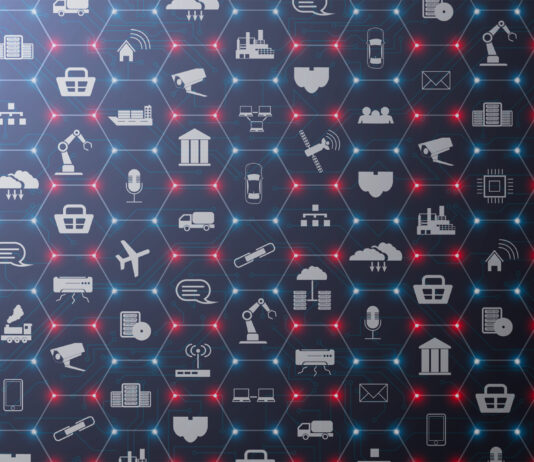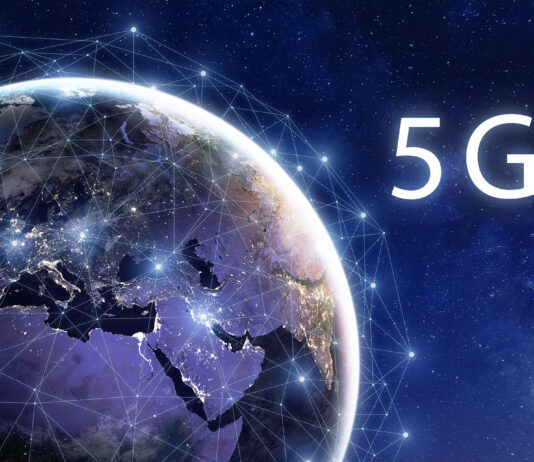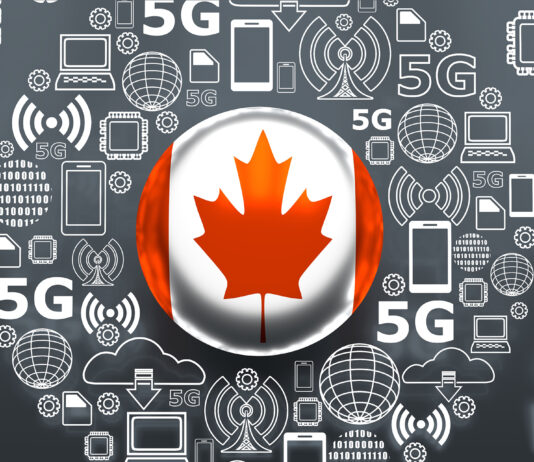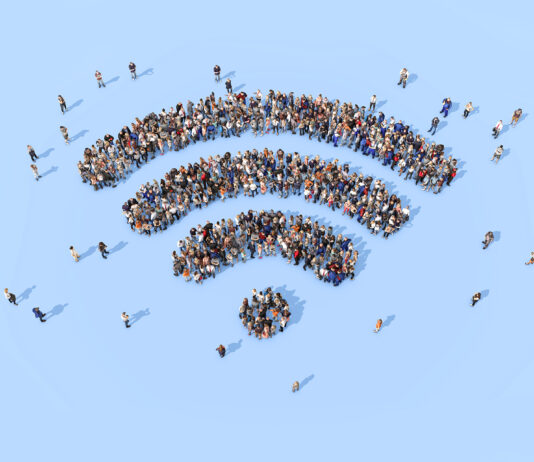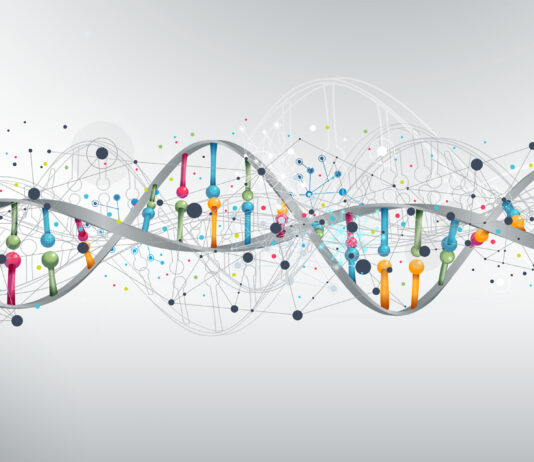When microwave ovens first arrived on the market in 1967 they were met with public skepticism. Perhaps it was because, not long before, the same technology now promising to safely cook consumers’ evening meals was the backbone of a military radar. Perhaps it was the $495 price tag (more than $3,700 in today’s money).
Whatever the reason, in the early 1970s the percentage of Americans owning a microwave was tiny. By 2011, it was 97%. What changed?
Trust and convenience.
When microwave technology was first released, it was difficult to trust. Cooking without using heat? It was simply too alien. In 1973,...
The timeline of human history is marked by inflection points of major technological advancement. The plow, the printing press, the telegraph, the steam engine, electricity, the telephone, the internet: each of these breakthroughs precipitated tectonic shifts in how people lived and worked. Now, in the early part of the 21st century, we stand witness to the birth of a new industrial revolution built on 5th generation cellular technology - 5G network.
As the name implies, 5G network follows a developmental chain. First came 1G, the first generation of cellular communication that freed us to make voice calls without being tethered...
In my previous post I argued that if Canada wants to succeed with its AI-focused innovation agenda, it should also be at the forefront of 5G innovation and development. Canada could get ahead in the global 5G race not by being the first to 5G, but by being the first to roll out 5G in the right way - addressing cybersecurity, linking development of AI and 5G, addressing regulatory and policy prerequisites, etc.
Canada could leap ahead in development of both, 5G and AI, by tackling them collaboratively rather than in parallel but separately as is the case now. One...
The rollout of 5G is one of the most anticipated events in humanity’s technological history. But what about the 5G health concerns?
It’s the night before Halloween in 1938 and, as the tale goes, radio audiences tuning into Orson Welles’ reading of War of the Worlds are driven to panic.
Apparently listening to an ordinary radio broadcast, the public hear of an unfolding Martian invasion and a chaos of heat rays, poisonous gas and alien war machines. The news account is met with hysteria.
Someone hearing this story for the first time may find it laughable that people could be so easily...
Canada has been investing in machine learning and artificial intelligence (AI) for longer than most of the industrialized world. Dr. Geoff Hinton of Google helped ignite the field of graphics processing unit (GPU) deep learning at the University of Toronto. Then he became chief scientific advisor to the Vector Institute, which in collaboration with the University, aims to produce the largest number of deep learning AI graduates and innovators globally. Meanwhile, Montreal, Quebec prides itself as the birthplace of AI. It’s the home of computer scientist Yoshua Bengio, who is another pioneer of AI technology. Hundreds of AI researchers...
NFC is a short range two-way wireless communication technology that enables simple and secure communication between electronic devices embedded with NFC microchip. NFC technology operates in 13.56 megahertz and supports 106, 212, or 424 Kbps throughput. There are three available modes of NFC communication:
Read/write (e.g. for reading tags in NFC posters)
Card emulation (e.g. for making payments)
Peer-to-peer (e.g. for file transfers)
There is no need for pairing code between devices, because once in range they instantly start communication and prompt the user. NFC technology is power efficient - much more than other wireless technologies. The communication range of NFC is approximately...
Radio-Frequency Identification (RFID) is a technology commonly used for identification, status administration and management of different objects. It is important for people identification, as it is commonly deployed in the latest biometric passports. It operates in several frequency bands like Low frequency band from 125 kHz to 134 kHz, High frequency band with 13.56MHz working frequency, Ultra-high frequency band with 433 MHz working frequency and 860 - 960 MHz sub-band.
In Ultra-high frequency bands there are two types of RFID systems—Active and Passive.
Active RFID system operates on 433 MHz radio frequency and on 2.4GHz from Extremely High- Frequency Range. It supports...
If you've ever been to an expensive restaurant and ordered a familiar dish like, say, lasagna, but received a plate with five different elements arranged in a way that does not at all resemble what you know as lasagna, then you have probably tasted deconstructionism.
This approach to cuisine aims to challenge the way our brain makes associations, to break existing patterns of interpretation and, in so doing, to release unrealized potential. If the different elements work together harmoniously, it should be the best lasagna you've ever tasted.
So it is with 5G.
In principle, the 5th Generation network is deconstructed. Firstly,...
The Wi-Fi represents wireless technology that includes the IEEE 802.11 family of standards (IEEE 802.11a, IEEE 802.11b, IEEE 802.11g, IEEE 802.11n, IEEE 802.11ac, etc.). Within 50m range, it operates in 2.4 GHz and 5GHz frequency bands,.
This technology was developed for wireless networking of computer devices and is commonly called WLAN (Wireless Local Area Network), where the communication is realized between wireless routers typically connected to the Internet and other wireless nodes within its range.
In correlation with performances of specific IEEE 802.11 standards, different data rates are enabled and their theoretical throughput is 11 Mbps (IEEE 802.11b), 54 Mbps (IEEE...
Bluetooth is short-range wireless communications technology based on the IEEE 802.15.1 protocol. It works in a crowded license free 2.4 GHz frequency band and shares this resource with many other technologies.
Bluetooth is the optimal solution for establishing small wireless networks called Piconets, by connecting two Bluetooth devices. One of these nodes is Master that can be connected via Bluetooth link to 7 other Bluetooth devices—Slave nodes in Personal Area Network (PAN). Typical data rates are 1-3 Mbps.
The newest versions of Bluetooth is known as Bluetooth Low Energy (BLE) or Bluetooth smart.
It is important to note that Bluetooth and BLE...
Zigbee technology introduction
Zigbee is wireless PAN (Personal Area Network) technology developed to support automation, machine-to-machine communication, remote control and monitoring of IoT devices. It evolved from IEEE 802.15.4 wireless standard and supported by the ZigBee Alliance.
IEEE 802.15.4 standard determines specifications for the physical and data link layer and Zigbee Alliance provides standards from network layer to application layer. While Zigbee determines the contents of the transmitted message, the 802.15.4 standard provides details about the robust radio communication and medium access control.
The Zigbee Alliance, as a non-profit association, develops open global Zigbee standard for use in the Internet of Things...
I get accused of focusing too much on 5G as the only future IoT connectivity option. I do write a lot about how 5G will revolutionize our society, become the most critical of critical infrastructures and about security threats with 5G. I see 5G, with its low latency, high bandwidth, network slicing and ubiquitous coverage becoming the foundational capability for mission critical industrial, agricultural, financial, medical, education, energy and transportation, even military and emergency services IoT communication needs.
That’s not to say that 5G is the only IoT connectivity option. There are plenty of others.
IoT applications have some common requirements...
In 1956, at a workshop on the campus of Dartmouth College, in Hanover, New Hampshire, the field of artificial intelligence (AI) was born. Attendants were buoyant. MIT cognitive scientist Marvin Minsky was quoted as saying, "Within a generation the problem of creating 'artificial intelligence' will substantially be solved."
This prediction turned out to be over zealous, but Minsky and his colleagues believed it wholeheartedly. What, then, is different today? What makes the current dialogue about AI more relevant and believable? How do we know that this is not another case of humans over estimating the development of technology?
For one thing,...
In 2013, George F. Young and colleagues completed a fascinating study into the science behind starling murmurations. These breathtaking displays of thousands – sometimes hundreds of thousands – of birds in a single flock swooping and diving around each other, look from a distance like a single organism organically shape-shifting before the viewer’s eyes.
In their research article, Young et al reference the starling’s remarkable ability to “maintain cohesion as a group in highly uncertain environments and with limited, noisy information." The team discovered that the birds’ secret lay in paying attention to a fixed number of their neighbors –...
Not even 30 years separate us from the end of the Cold War. Yet, we appear to be witnessing the emergence of a new one, a technology Cold War between the United States and China. This time, instead of a ‘red under the bed’, the US government has declared there is one at the back door. It accuses Chinese technology companies of deliberately building vulnerabilities into their tech, allowing the Chinese to access and control the 5G critical infrastructure, and through it the connected devices and machinery at will.
Headlines are dominated by the case against Huawei, and debate continues...



